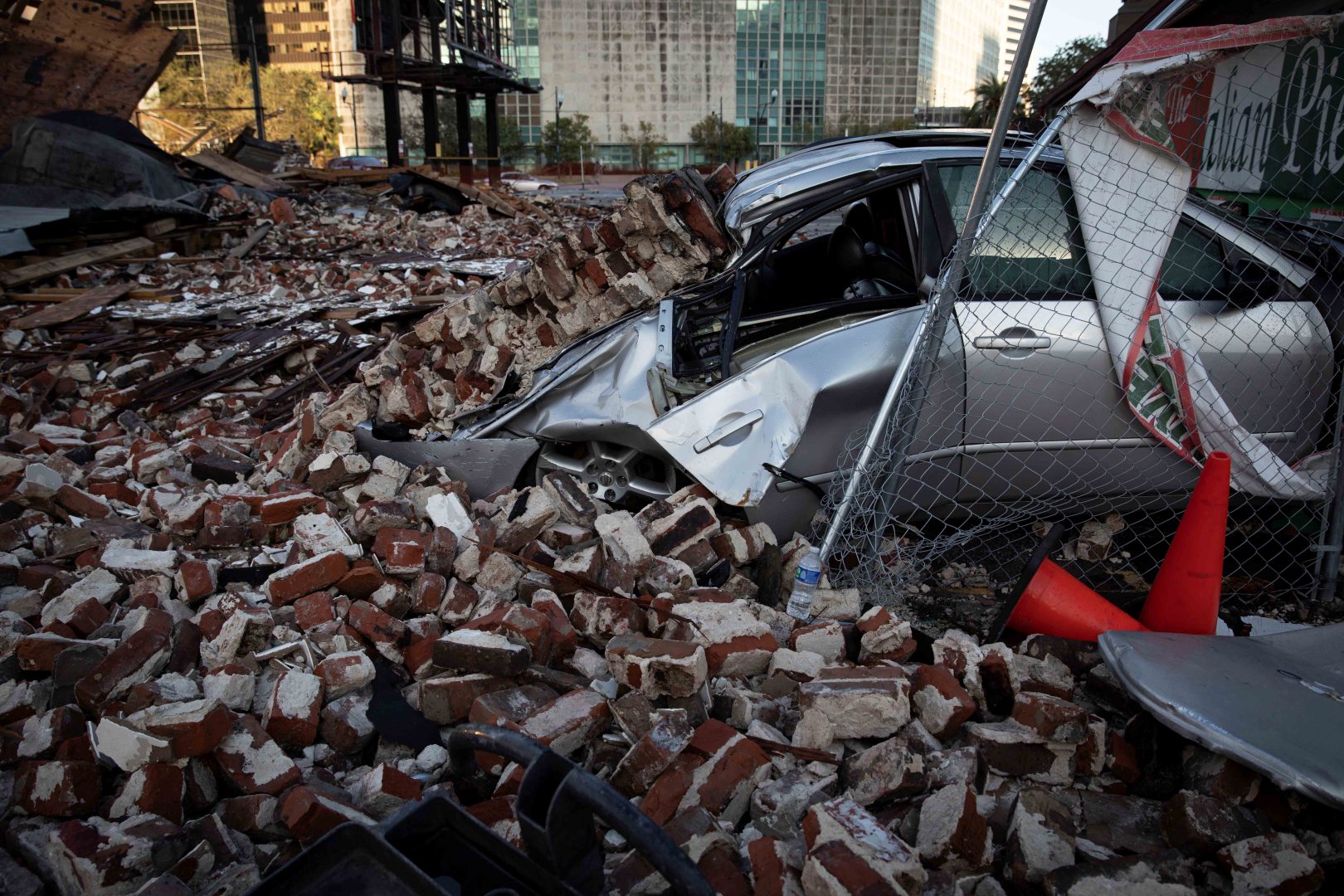Ida continued moving inland Tuesday, after downgrading to a tropical depression Monday afternoon. The National Hurricane Center said as of 5:00 a.m. EST Tuesday, the center of the storm was in northeastern Mississippi, moving northeast at 12 mph. It was expected to speed up over the next couple days.
Flood and flash flood watches for Ida had been extended from the Gulf Coast inland to the Tennessee and Ohio Valleys, central and southern Appalachians, even as far as the Mid-Atlantic and southern New England regions.
The death toll from Ida increased to at least four Monday night. The two most recent deaths happened when seven vehicles plunged into a 20-foot-deep hole near Lucedale, Mississippi. A highway had collapsed in the area after torrential rains. The video above shows the scene of the collapse, as well as heavy rain in Alabama and some of the damage left behind in Louisiana.
The other two deaths were in Louisiana; one drowned in New Orleans, the other was hit by a tree near Baton Rouge.
That number could rise in the coming days, as many along the Gulf Coast could be without power for weeks. As of just before 10:00 a.m. EST Tuesday, over 1 million people in Louisiana were still without power according to PowerOutage. Over 56,000 people were without power in Mississippi, and over 10,000 Alabamans didn’t have power.
A giant tower that carries key transmission lines over the Mississippi River to the New Orleans area collapsed during the storm. Power company Entergy said more than 2,000 miles of transmission lines and 216 substations were knocked out of service. The storm also flattened utility poles, toppled trees onto power lines and caused transformers to explode.
Louisiana Gov. John Bel Edwards’ office described damage to the power grid as “catastrophic”.
“I can’t tell you when the power is going to be restored. I can’t tell you when all the debris is going to be cleaned up and repairs made,” Gov. Edwards said. “But what I can tell you is we are going to work hard every day to deliver as much assistance as we can.”
Edwards said 25,000 utility workers were on the ground in the state, with more on the way.
Making things worse for those without power, the brutal late summer heat. A heat advisory was issued for New Orleans and the rest of the region. Forecasters said some areas could see heat indexes of 105 degrees on Tuesday and 106 on Wednesday.


